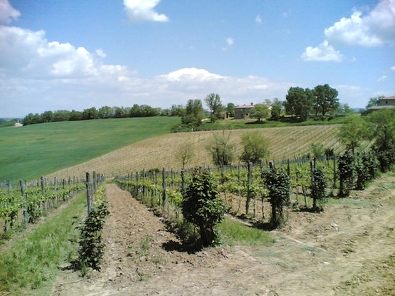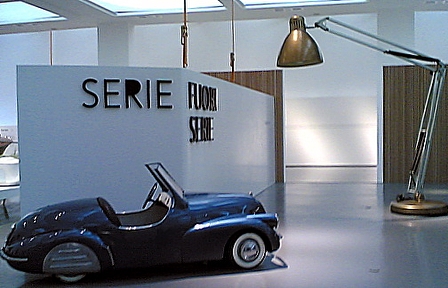
Milan recently gave an extreme makeover to the permanent design collection at the Triennale Museum.
The Triennale Design Museum launched in 2007, but gets a complete over haul including a rotation of the 400 or so pieces on show every two years.
The somewhat murky, nocturnal feel of the inaugural exhibit designed by Peter Greenaway (“The Obsessions of Italian Design,â€) was replaced in March by “Serie Fuori Serie” (lit. custom-built series) an airy, bright set-up curated by furniture and industrial designer Antonio Citterio.
The new exhibit, which again puts such humble objects as the stove top espresso maker and the Valentina typewriter alongside prototypes old and new, explores the ties between Italian industry and design innovation.
Pro: the to-scale prototypes and rarities (including a Ferrari, the Alca Volpe pictured above, folding bikes, several scooters and a Piaggio Ape) are definitely worth a look. And the more quotidian objects are still interesting, as you’re bound to recognize something you own — like the two Milanese sciure overheard discussing Plia fold-up chairs — or, in my case, realize the junk store finds may be knock offs of Joe Colombo glasses designed to help assist drinking while smoking.
Contro: It’s still just a small part of the full collection, so good to kill an hour or so (especially if you visit the excellent café or outdoor summer bar) but probably not much more.
Triennale Design Museum
Viale Alemagna 6 (metro stop Cadorna)
Tickets 8€
Hours: Tuesday – Sunday 10:30 am- 8:30 pm
Thursdays 10.30 – 11:00 pm (entrance with an aperitif)



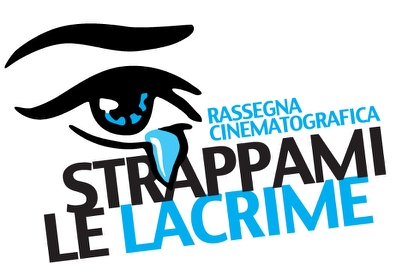
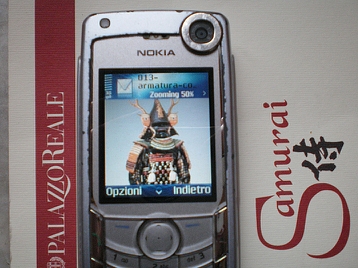


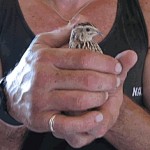
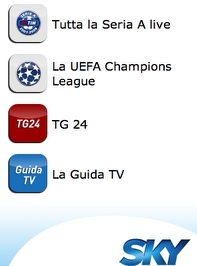 Soccer fans can keep up with Champion’s League games and Italy’s Serie A games on their iPhones thanks to a free web app developed in cooperation with Sky.
Soccer fans can keep up with Champion’s League games and Italy’s Serie A games on their iPhones thanks to a free web app developed in cooperation with Sky.